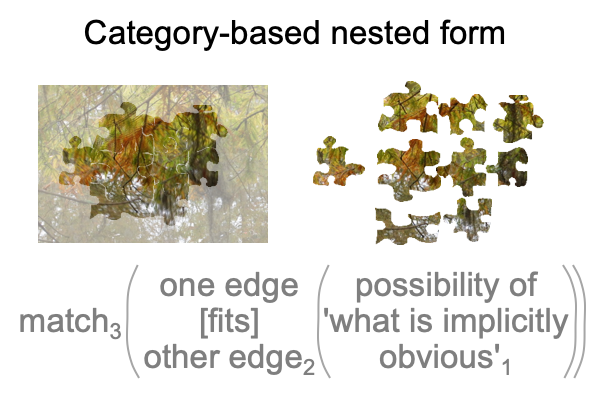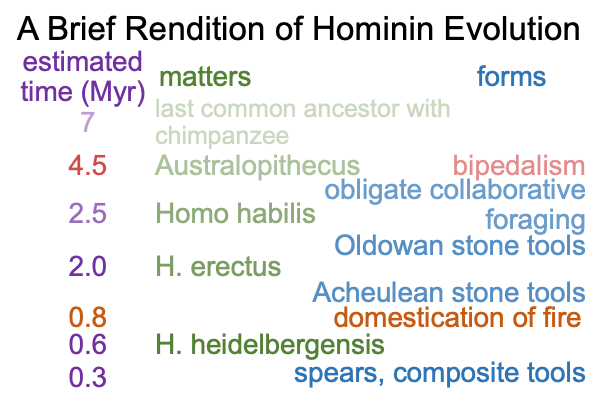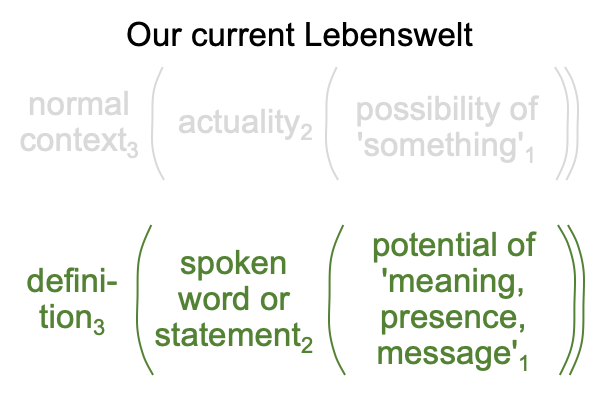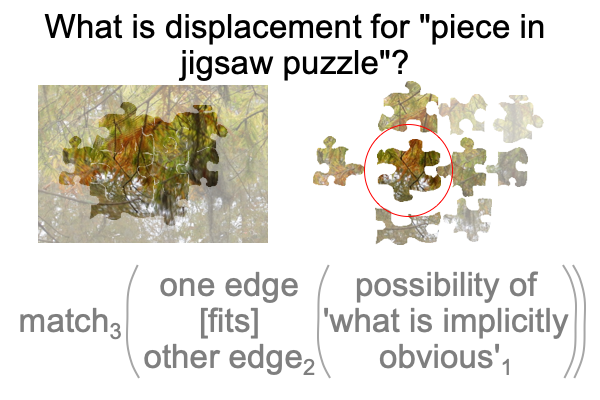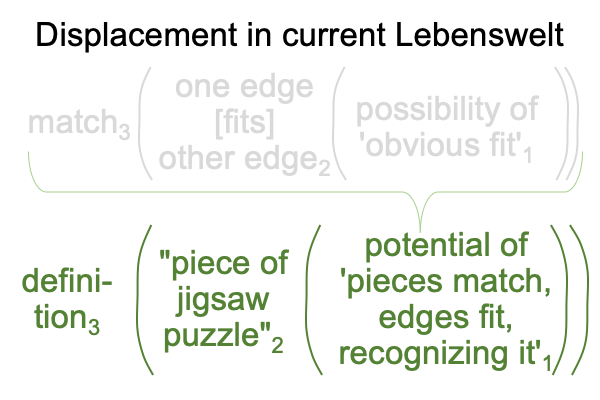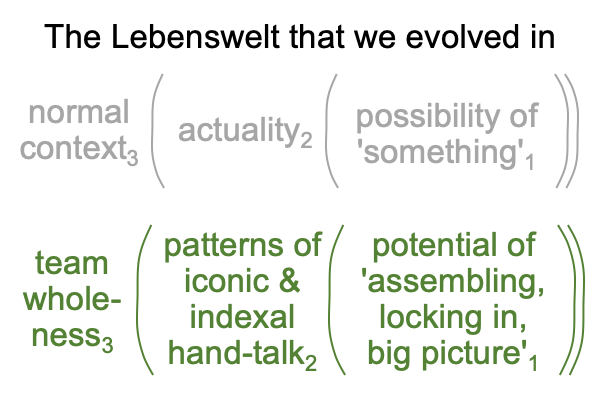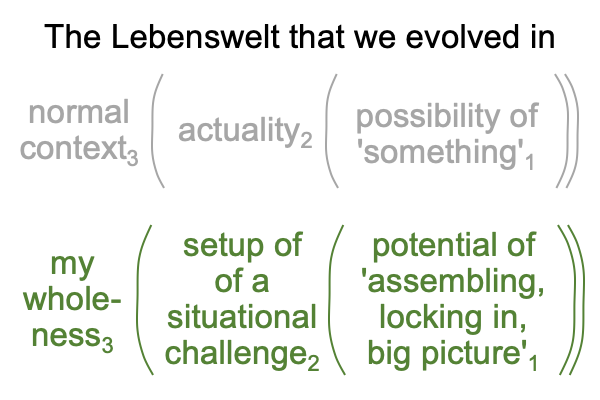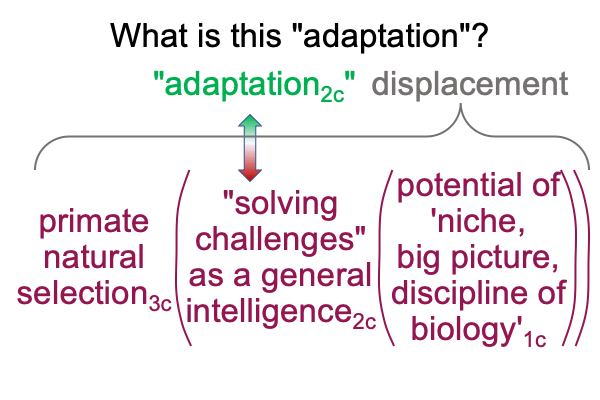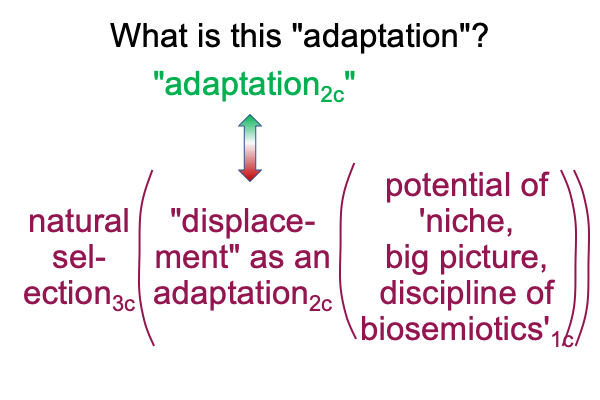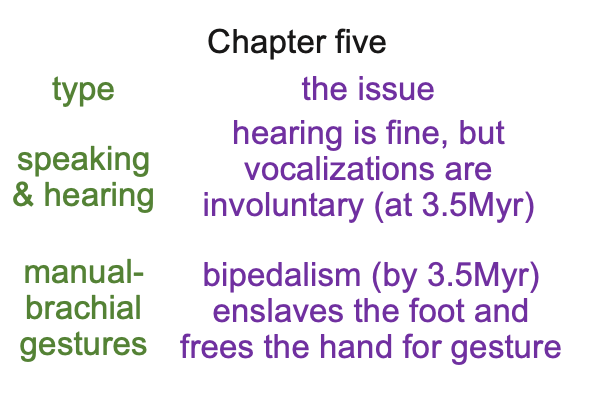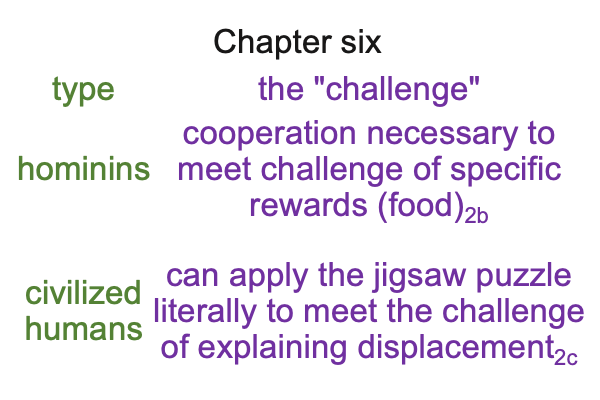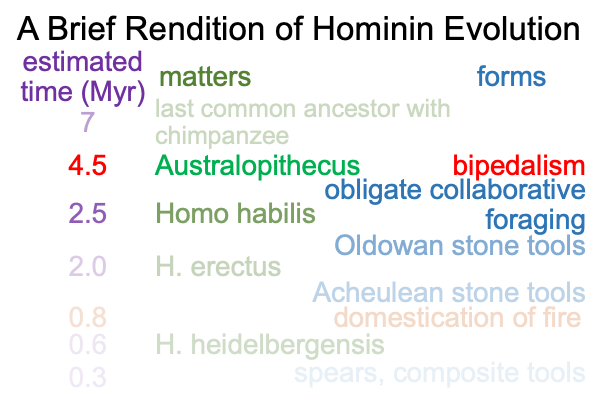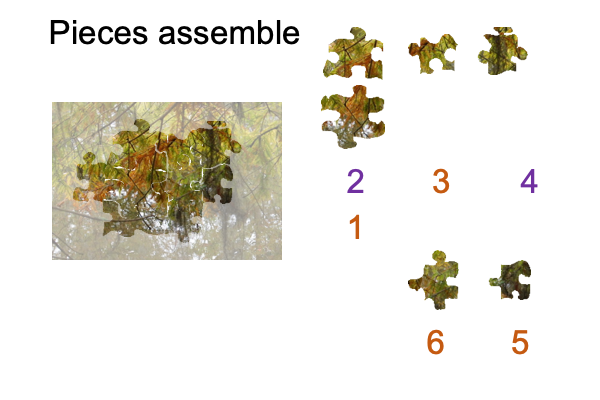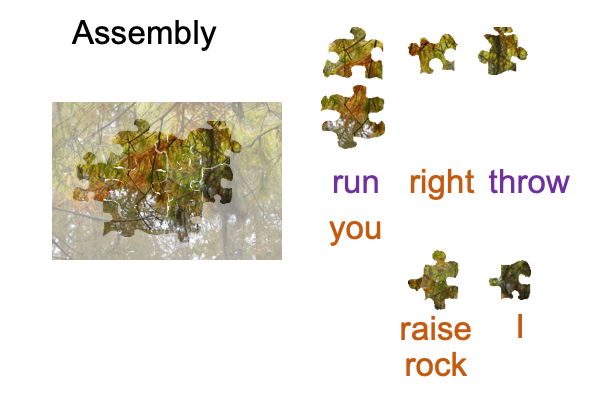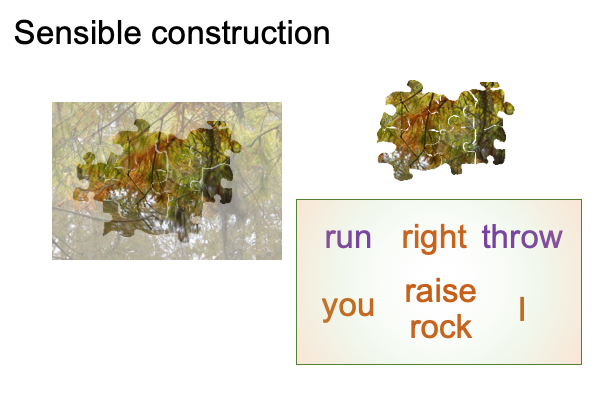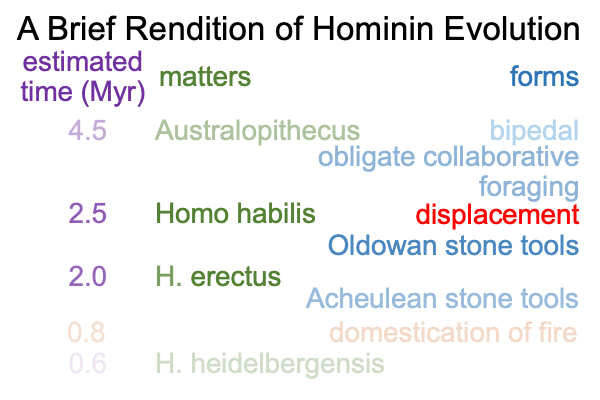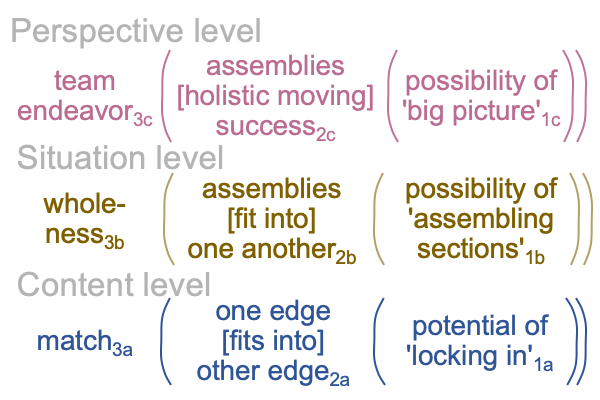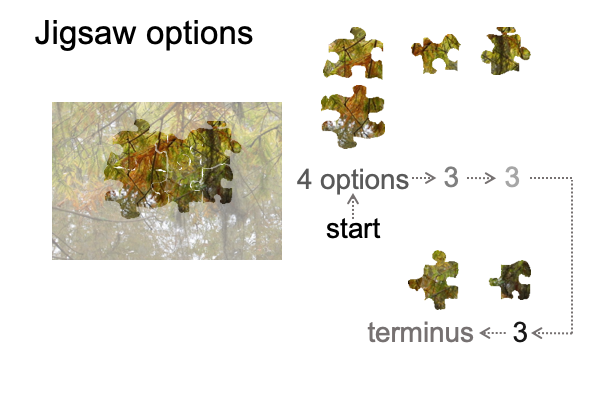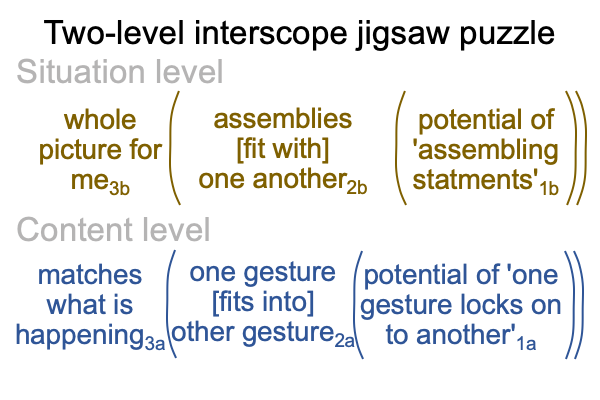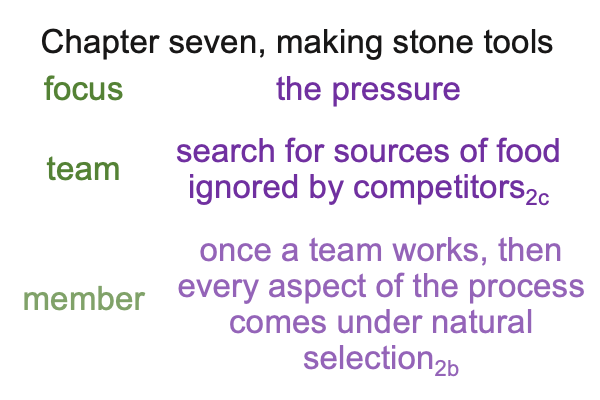Looking at Steven Mithen’s Book (2024) “The Language Puzzle” (Part 1 of 23)
0001 The full title of the book before me is The Language Puzzle: Piecing Together The Six-Million-Year Story Of How Words Evolved (2024, Basic Books, New York). Dr. Mithen is a Professor of Early Prehistory at the University of Reading. He has published before. More on that later.
The book works on the metaphor of a jigsaw puzzle. Fourteen chapters present the pieces. The introduction and conclusion stage and arrange them.
0002 This current metaphor is very different than a glorious historical metaphor used in a book published almost three decades earlier. The Prehistory of The Mind (1996) offers the historical development of the architecture of cathedrals in Europe as a lens for considering cognitive evolution. The metaphor works well because the nave associates to general intelligence and side chapels associate to specialized mental modules.
0003 From the genetic divergence from chimpanzees to the start of bipedalism, the simple nave of general intelligenceadapts to cognitive challenges.
From the appearance of bipedalism to the domestication of fire, specialized modules are added to general intelligence, but the two do not integrate. Indeed, both specialized modules and general intelligence are supported by their own, thick, walls. The metaphor is the Romanesque cathedral.
From the domestication of fire until the first singularity (think, “the potentiation of civilization”), general intelligence integrates with specialized modules, presumably due to talk becoming fully linguistic. Language becomes the walls, supported by flying buttresses of automatic decoding. The metaphor is the Gothic cathedral.
0004 Here is a picture.
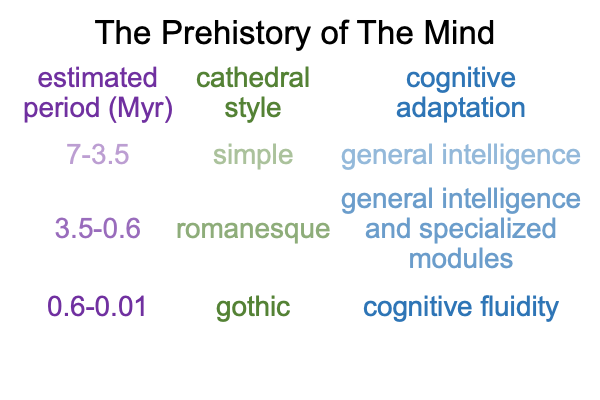
0005 The metaphor is so wonderful that Razie Mah publishes the e-book, Comments on Steven Mithen’s Book (1996) The Prehistory of The Mind as one of the readers that accompanies the masterwork, The Human Niche, in the series A Course On The Human Niche (available at smashwords and other e-book venues).
0006 Mithen’s approach is also echoed in the work of another evolutionary anthropologist, Michael Tomasello, working at the Max Planck Institute in Leipzig, Germany, as discussed in Comments on Michael Tomasello’s Arc of Inquiry (1999-2019) (by Razie Mah, also see blogs for January through March, 2024).
0007 Mithen’s approach is also reflected in another review that belongs to the series, A Course On The Human Niche. The title is Comments on Clive Gamble, John Gowlett and Robin Dunbar’s Book (2014) Thinking Big. In this review, social circles turn out to be very important in hominin evolution. Mammalian brain size roughly correlates to group size. So, the larger the hominin brain grows, the larger the group.
Not surprisingly, Mithen’s metaphor indicates the social circle under the most intense selection pressure, irrespective of group size.
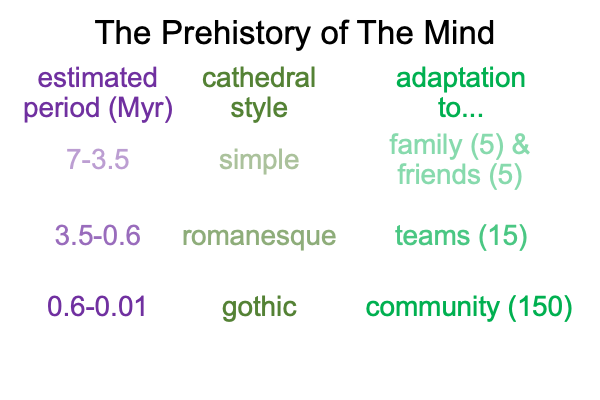
0008 What does this imply?
Obviously, group size is not the crucial factor in hominin evolution.
Whatever is increasing hominin brain size is.
0006 To me, it is not surprising that Mithen has not encountered Razie Mah’s review of his 1996 work, even though it is one of the few more-than-surface reflections on The Prehistory of The Mind available.
Perhaps, the same will go for this blog, which will take Mithen’s metaphor of a jigsaw puzzle quite literally.

